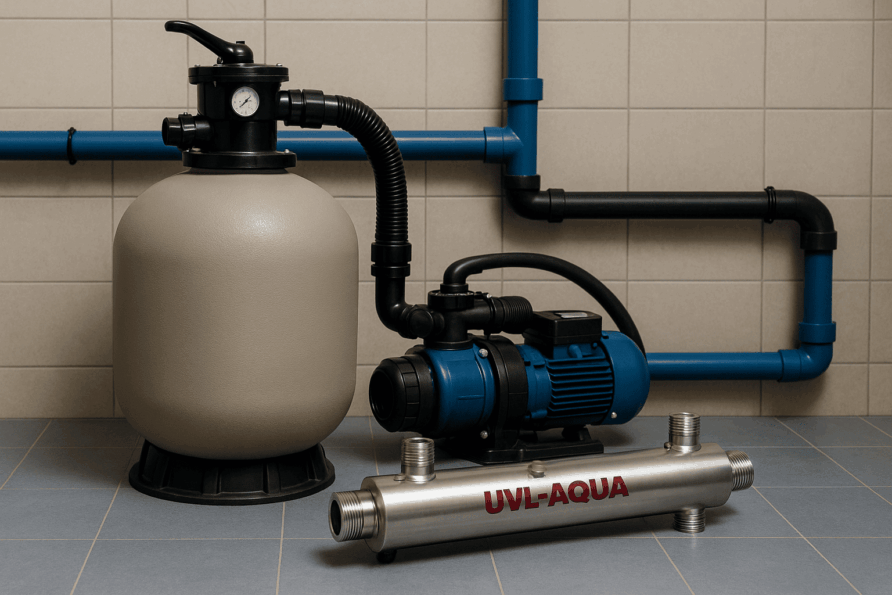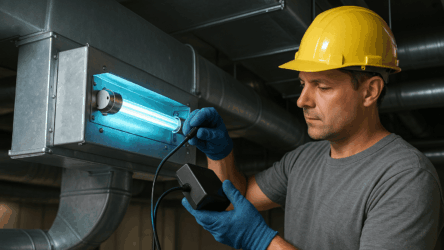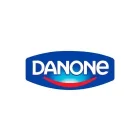Enjoying clean water in a private swimming pool requires more than just filtration. Behind every crystal-clear pool lies an integrated treatment system combining mechanical filtration, precise chemical balancing, and advanced UV disinfection. This article explains how proper water treatment works, why it's essential, and how it guarantees the safety and hygiene of any well-maintained pool.
Mechanical Filtration: First Line of Defense
Mechanical filtration removes suspended debris like dust, leaves, and sand. This is typically achieved using sand or cartridge filters, as well as pool vacuums that clean the floor and walls. Many private pools also use a skimmer — a device that draws in surface water, trapping larger debris in a basket and capturing smaller particles via internal filters.
However, mechanical filters only remove visible contaminants. They don't alter water composition or eliminate microscopic threats, which is why further treatment steps are vital.
Chemical Treatment: Dissolved Contaminant Control
Chemical water treatment addresses dissolved impurities, inhibits microbial growth, and maintains pool water stability. This stage includes several critical processes:
- pH Regulation:
Maintaining pH between 7.2 and 7.4 ensures effective operation of chemical reagents and pool equipment. Levels are checked with test kits or strips and adjusted using pH stabilizers. - Disinfection with Chemical Agents:
Disinfectants such as chlorine compounds (including sodium hypochlorite), bromine, hydrogen peroxide, and active oxygen products are used. These chemicals help neutralize pathogens and provide residual disinfection throughout the pool. They’re also essential for sanitizing the pool structure. - Turbidity Reduction (Coagulation):
Coagulants bind fine particles and colloids into larger clumps (flocs) that can be removed through filtration. This significantly improves water clarity. - Algae Prevention (Algaecides):
Special formulations prevent algae growth and biofilm buildup, keeping the water stable and preventing green deposits on surfaces.
These components work together — no single one is sufficient alone. Only when applied as a full system can they ensure long-term, safe, and visually clean water.
The Power of UV Disinfection
Modern pool systems increasingly include UV disinfection as an essential complement to chemical treatment. Flow-through UV sterilizers are installed into the circulation line. As water passes through, UV-C radiation disrupts the DNA and RNA of microorganisms — eliminating up to 99.9% of bacteria, viruses, and fungi. This method is chemical-free, leaves no residue, and is entirely safe for swimmers.
In fact, UV treatment enhances the effectiveness of chemical agents. After UV exposure, surviving pathogens are weakened, allowing lower concentrations of chemicals (like chlorine) to finish the job more efficiently. This reduces chloramines and minimizes skin and eye irritation.
For private pools, we recommend installing our UVL-AQUA sterilizers on a bypass line. This approach lowers system cost by using a smaller-capacity UV unit, since bypass lines carry lower flow rates. Despite the reduced capacity, all pool water still receives proper disinfection within an 8-hour cycle — matching standard filtration schedules.
A bypass setup also allows precise alignment with the UV lamp’s pipe diameter, avoiding adapters or plumbing modifications. Maintenance becomes much simpler as well: units can be serviced without shutting down the main system.
Why Skipping Water Treatment Is Risky
Inconsistent or poor-quality water treatment leads to murky water, bad odors, microbial contamination, and an overall unpleasant experience. Only a comprehensive solution — combining physical filtration, chemical control, and UV disinfection — can guarantee sanitary results.
At UVL, we manufacture UV disinfection systems like the UVL-AQUA series, designed specifically for residential and public pools. Our systems make pool maintenance easier and water safer — every single day.







